- Home
- Expat Guide
- Life in Chile
- Overview of Chile
13/08/2018
Economy
Chile's currency is the Chilean Peso (CLP).
Over the past few years, Chile has become one of the most dynamic economies in Latin America and is now deemed as the most stable country on the continent. Over the past couple of decades, Chile has experienced strong economic growth. Being the fourth South American economy behind Brazil, Argentina and Colombia, its GDP per capita is one of the highest in the region (13,793 $USD in 2016). Chile ranks 43rd in the world with an average HDI of 0,847, considered as very high. 87% of the population lives in cities. Despite a bad economic past, Chile has become a model in South America, which earned it the nickname of "jaguar of Latin America".
Agriculture and animal breeding are the main activities in Chile's central and southern regions. Exports of fruit and vegetables have reached historical levels because the market has been opening to European and Asian markets since the 1990s. Chile has enjoyed a strong growth in the fishery: it became the biggest salmon exporter in 2006, surpassing Norway. Chile is the fourth biggest wine exporter in the world and has vineyards older than those of many European countries.
Territory
Almost 4,300 kilometers long and only 400 kilometers at its widest point, Chile looks like a thin line along the Pacific coast. It shares a border with Argentina, Bolivia and Peru.
Chile has a population of 17.5 million inhabitants (2017). Administratively, the country is divided into 16 regions, subdivided into provinces, which are also divided into communes. Santiago, the capital of 6.5 million inhabitants (2017), is one of the most modern cities in South America, offering great business opportunities and attracting tourists from all over the world.
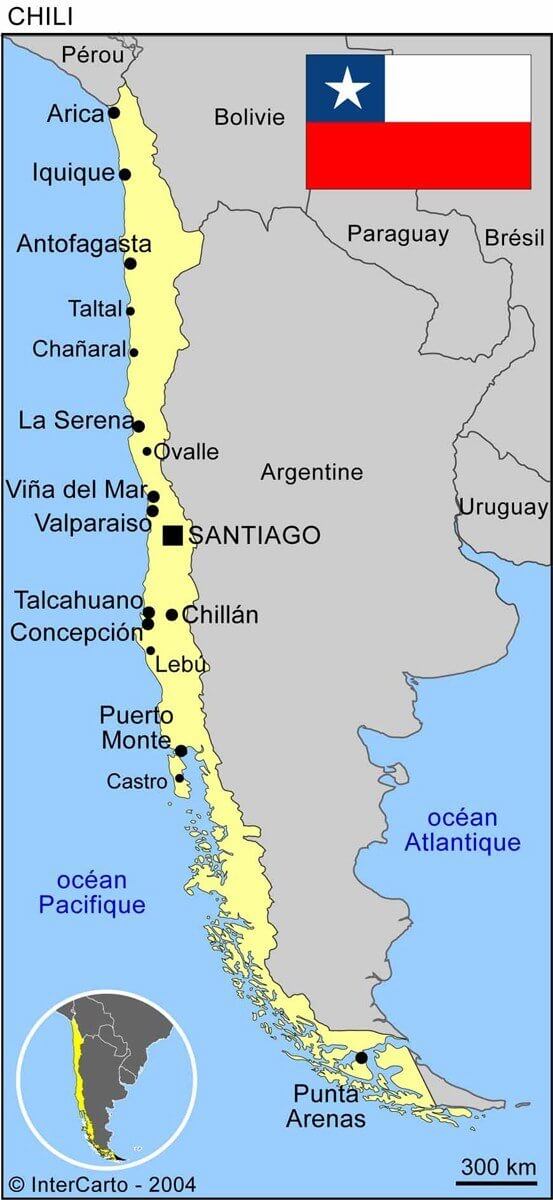
Climate
First, let's not forget that Chile is in the southern hemisphere, thus the seasons are reversed.
The country's geographic situation, a 4,000km narrow strip of land, naturally encompasses to a great diversity of climates. They range from the world's driest desert in the north—the Atacama Desert —through a Mediterranean climate in the center, humid subtropical in Easter Island, to an oceanic climate in the east and south.
Culture
Chile is a country of poets. Among the list of Chilean poets are Vicente Huidobro, Gonzalo Rojas, Pablo de Rokha, Nicanor Parra, Gabriela Mistral and Pablo Nerudo. Two of them received a Nobel Prize in Literature : Gabriela Mistral in 1945 and Pablo Neruda in 1971.
The Fiestas Patrias of Chile (national day) are celebrated over two days:
- September 18th, in commemoration of the proclamation of the First Governing Body of 1810, and marking the beginning of the Chilean independence process.
- September 19th, known as the "Day of the Glories of the Army". Chileans celebrate the Army, which was actively involved in Chile's independence. A big military parade is organized in Santiago.
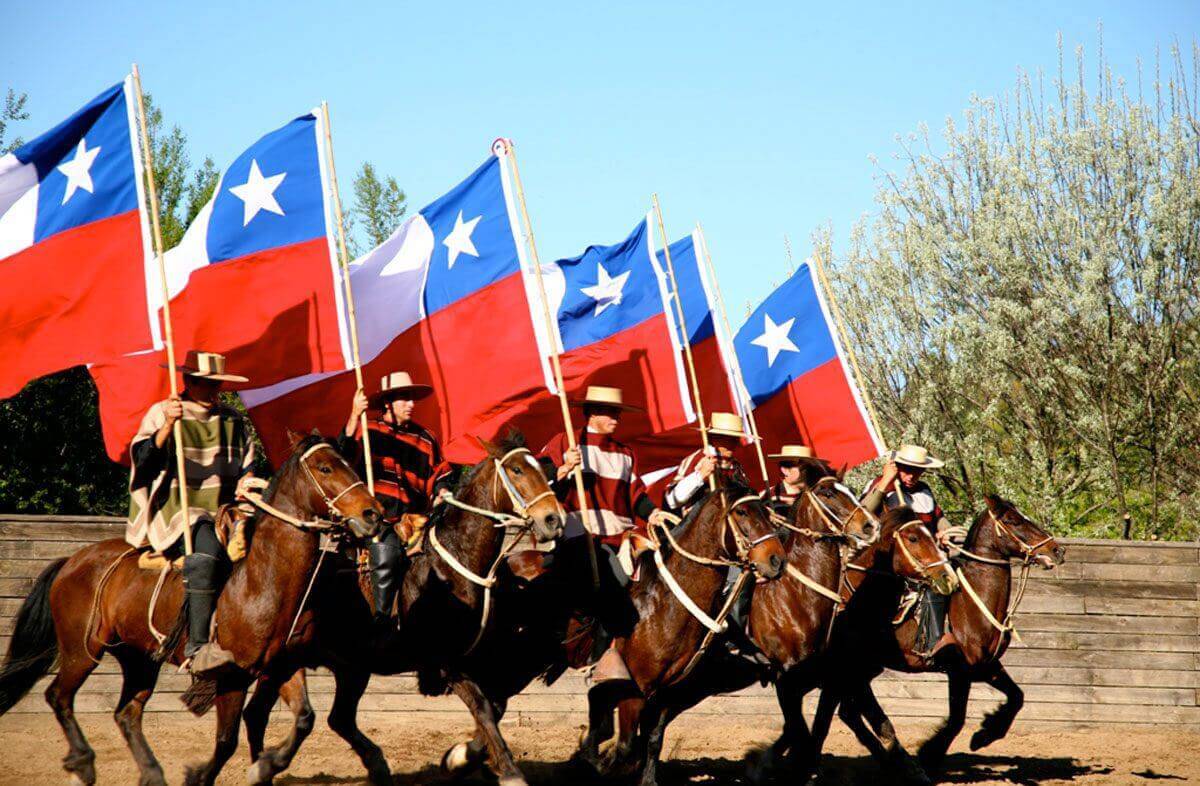
Religion
Chile is a secular country, but the Catholic Church has a fundamental role in the Chilean society, traditional and ultraconservative, and holds sway not only over society and family but also politics. Here are some relevant examples: divorce has only been legal since 2004, homosexuality is far from being accepted in attitudes and abortion is illegal, except for women whose life is in danger, who were raped or whose fetus is deemed non-viable.
The majority of Chilean people are Catholic (about 70%). Protestants represent around 10 to 15% of the population. About 10% of the population has no religion, 3% is Jewish and 1% is Muslim.
Gastronomy
Chilean gastronomy is a reflection of the country's topographical variety, featuring an assortment of seafood, beef, fruits, and vegetables. The main ingredients of Chilean traditional cuisine are potato, tomato, corn, beef and bean. Traditional recipes include asado (grills), cazuela, empanadas, humitas, pastel de choclo, pastel de papas, curanto and sopaipillas. As for the desserts, the culinary specialties are manjar, also known as « dulce de leche », alfajores y mote con huesillo. You will also find the famous mate all over the country.
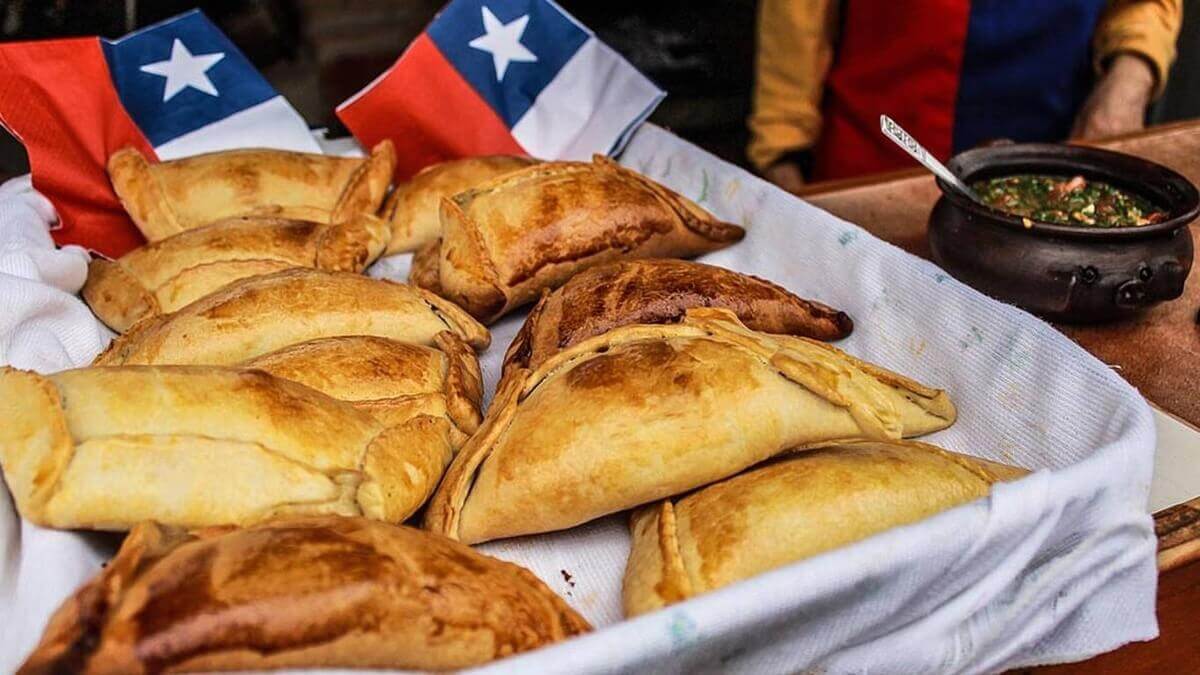
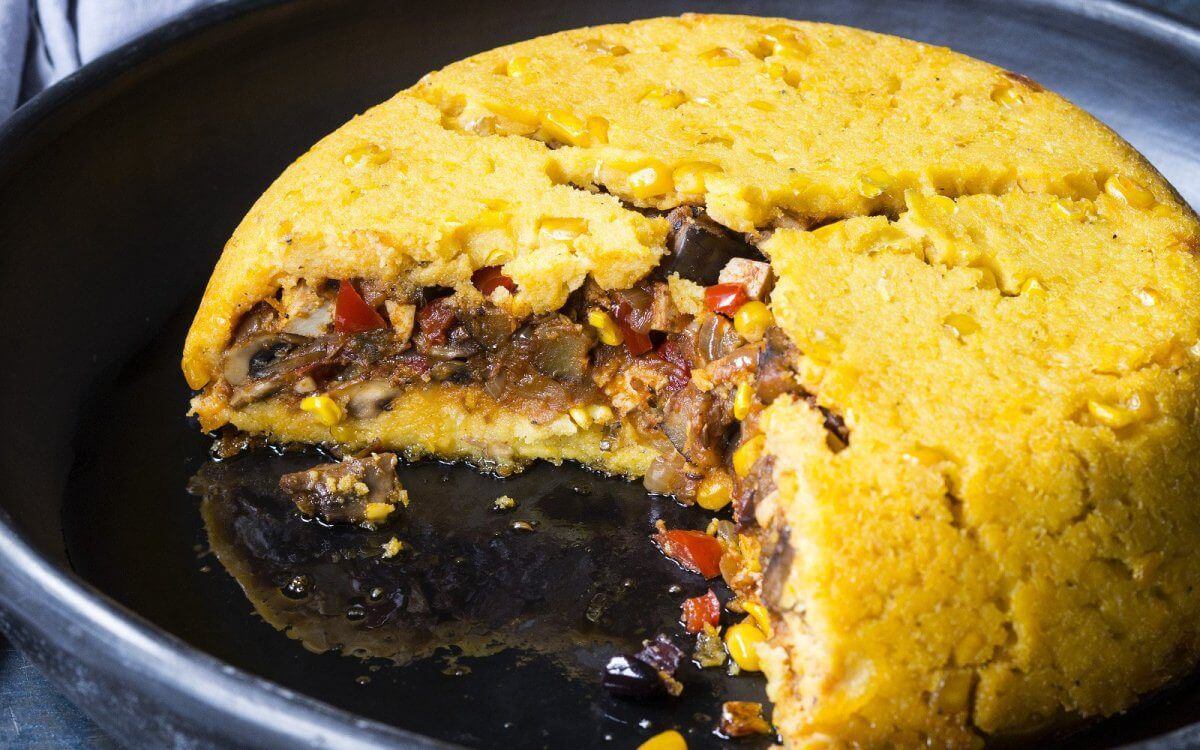
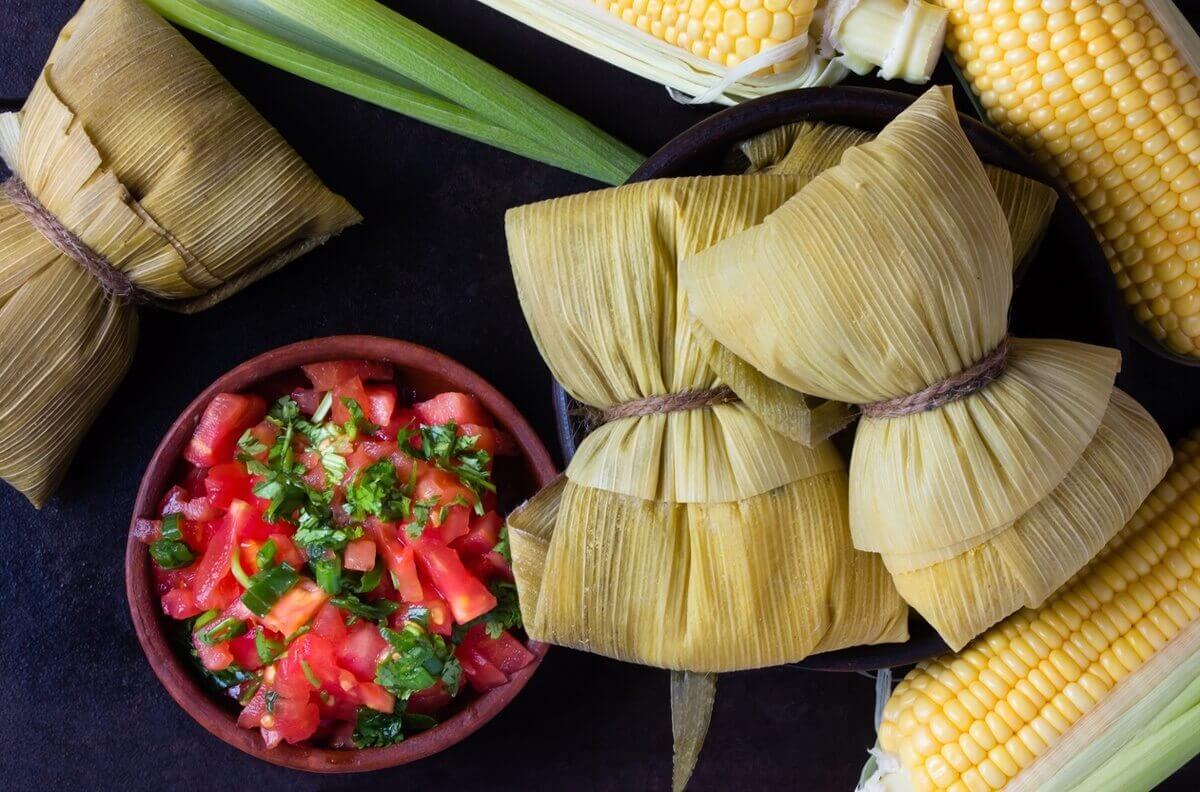
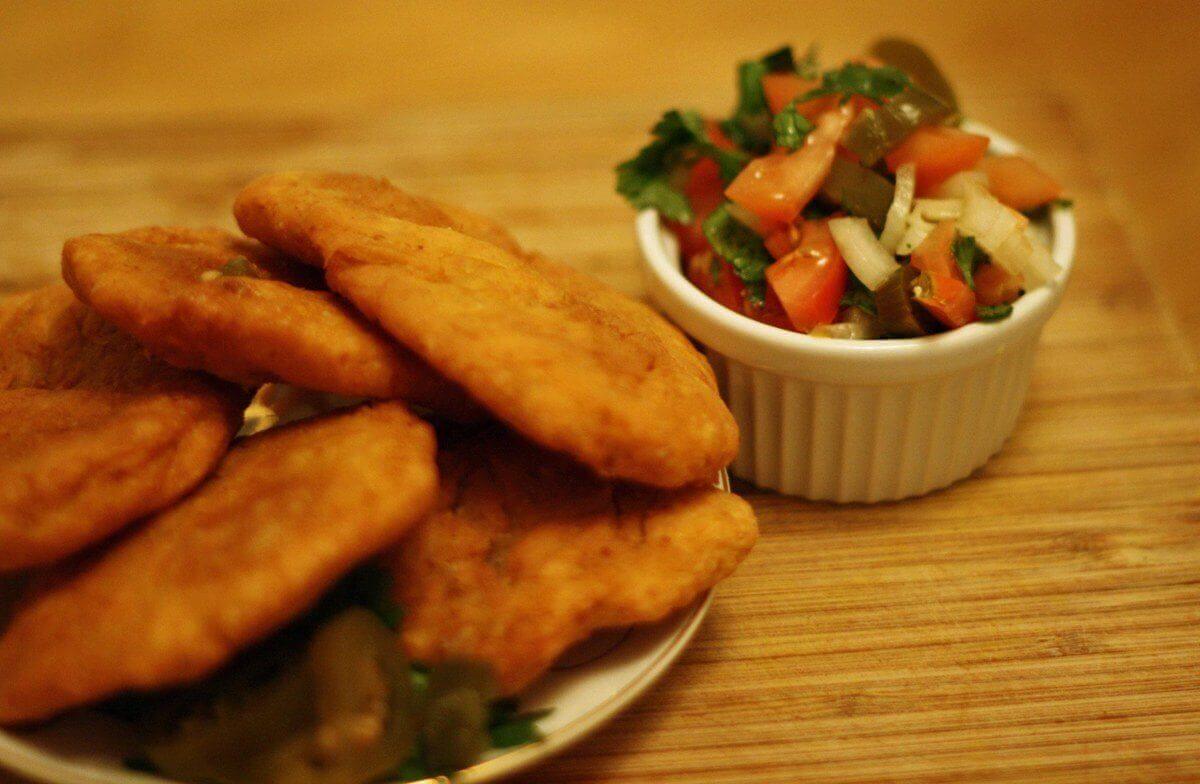
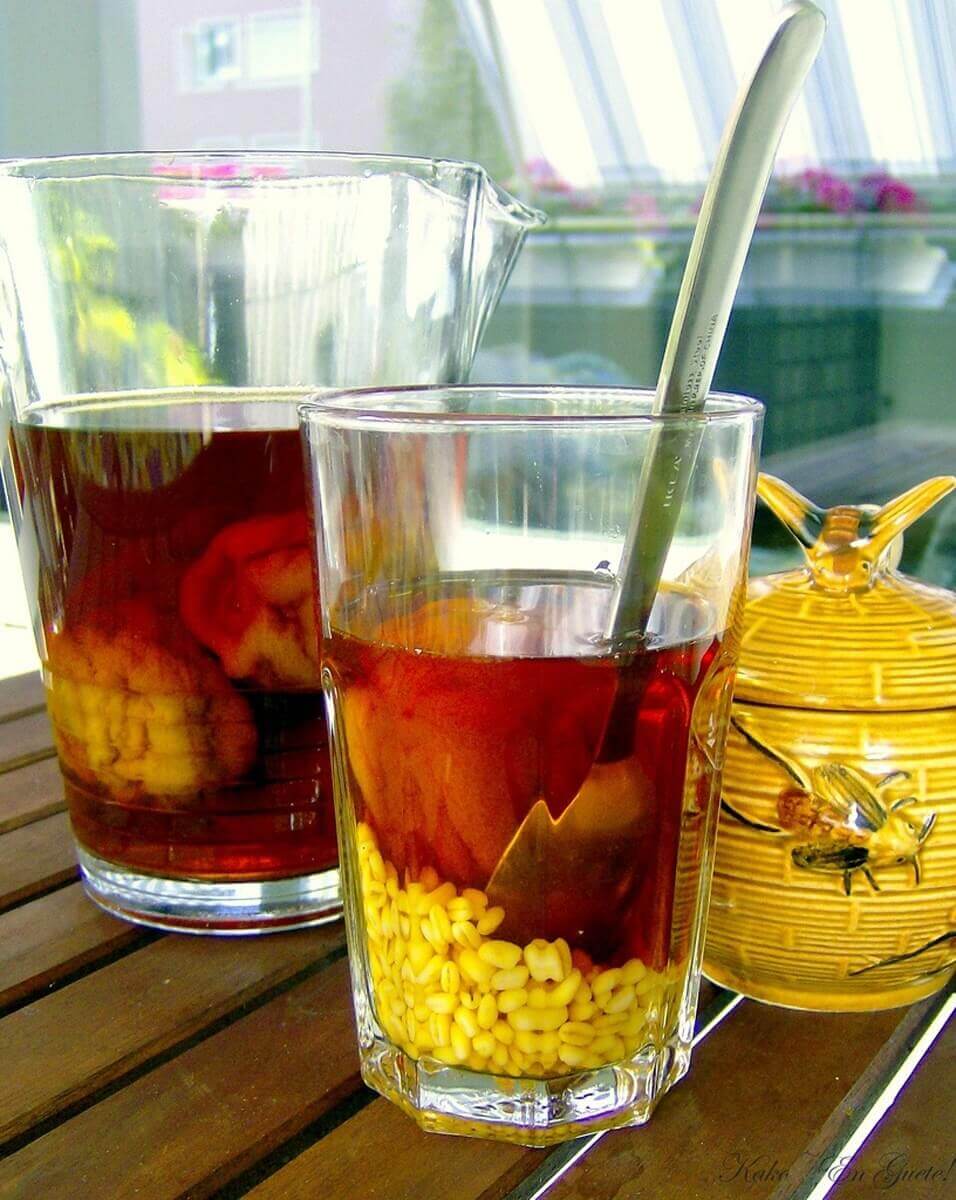
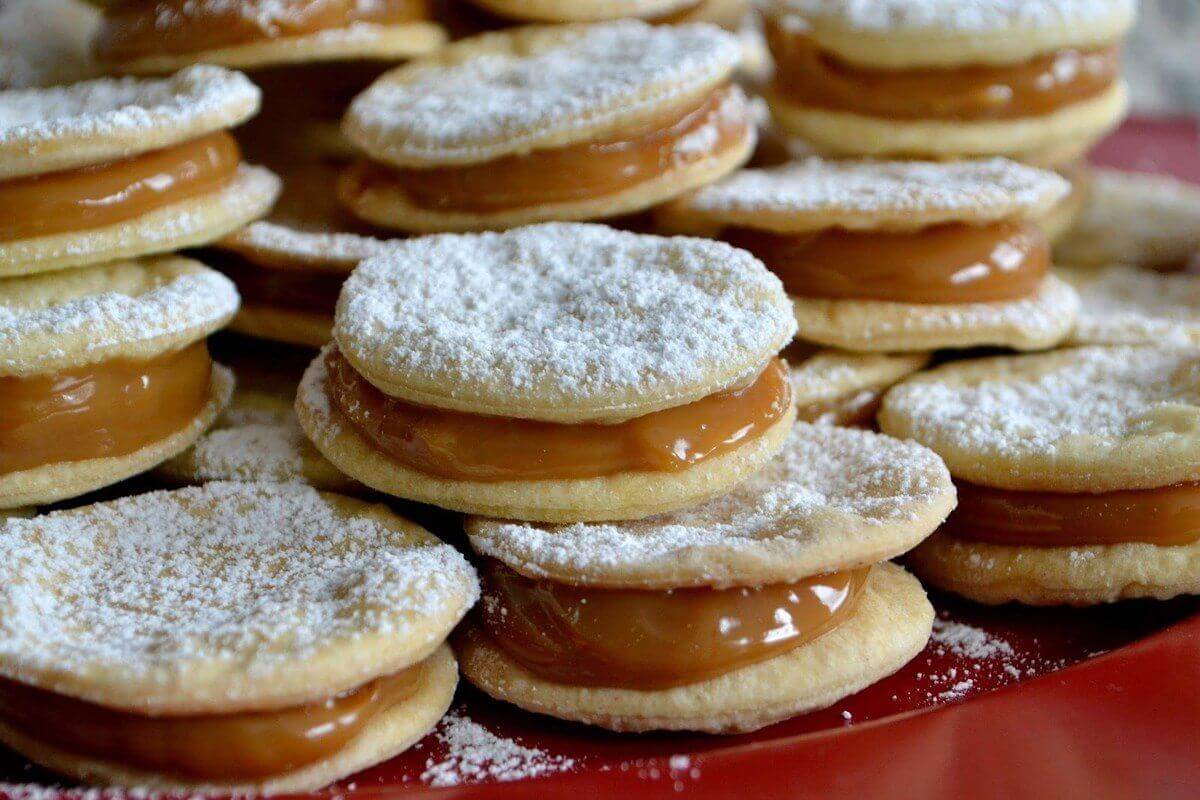
Sport
The most popular sport is football, followed by a majority of Chileans, especially since Chile won the Copa América twice, in 2015 and 2016. Every victory of La Roja, nickname of the Chilean football team, is highly celebrated by the population.
Tennis has also gained momentum over the past few years, following the 2004 Olympic Games in Athens, during which Nicolas Massu won two gold medals. All the more so since Marcelo Ríos, nicknamed el Chino (the Chinese), was the first world No. 1 Latin American tennis player.

Do you want to go more in detail?
I wrote the Chile Handbook for Foreigners for anyone and everyone looking to move permanently and enjoy life in Chile. It's a 265-page book that goes over all aspects of relocating to Chile. Here is what you get:
✅ Practical tips based on 7-year relocation experience
✅ To-do lists to help you start
✅ Last updated in 2024

